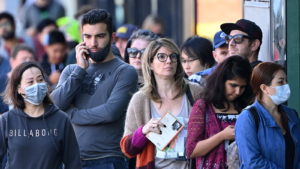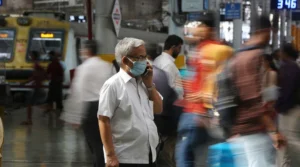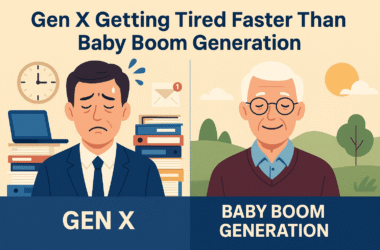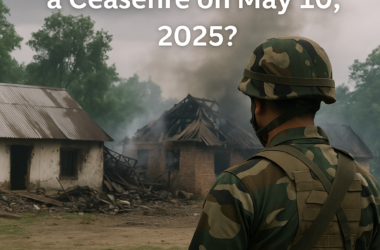The COVID-19 pandemic, which emerged in 2019, brought about a seismic shift in our daily lives. As we approach the three-year mark since its onset, it’s evident that cities worldwide have undergone significant lifestyle changes. The pandemic forced urban dwellers to adapt to new norms, alter their routines, and rethink the way they live. In this reflection, we explore the lasting lifestyle changes that have become ingrained in cities three years post-COVID. This has shaped the way we work, socialize, and approach health and well-being.
Remote Work Revolution
One of the most profound changes spurred by the pandemic is the widespread acceptance and adoption of remote work. With lockdowns and social distancing measures in place, companies were compelled to implement remote work policies to ensure business continuity. Three years post Covid, remote work has become a permanent fixture in many industries. Cities are witnessing a shift in work culture, with hybrid models gaining popularity. Employees now enjoy greater flexibility, choosing to work from home, co-working spaces, or satellite offices. This evolution has not only redefined the work-life balance but has also prompted a reassessment of urban infrastructure. Also the need for adaptable spaces that cater to the new normal.
Outdoor-centric Urban Planning
The pandemic highlighted the importance of outdoor spaces for mental and physical well-being. In response, cities have reimagined urban planning to prioritize outdoor areas. Parks, green spaces, and pedestrian-friendly zones have gained prominence, offering residents a reprieve from indoor confinement. Sidewalk cafes, pop-up markets, and outdoor fitness spaces have become integral components of urban landscapes. The emphasis on creating accessible and inviting outdoor environments reflects a collective recognition of the importance of a healthy lifestyle and community engagement.

Digital Transformation of Social Interactions
As face-to-face interactions took a backseat during the pandemic, digital platforms emerged as lifelines for communication and socialization. Three years later, these digital habits have become ingrained in the social fabric of cities. Virtual events, online classes, and remote social gatherings have not only persisted but have become normalized. Cities are witnessing a transformation in the way communities connect, with social media. Also video conferencing, and virtual events playing a central role. This digital shift raises questions about the future of traditional social spaces. This includes cafes and clubs, and how they will evolve to remain relevant in this increasingly interconnected digital landscape.
Health-Conscious Urban Living
The pandemic underscored the importance of health, leading to a heightened awareness of well-being in urban environments. Cities are witnessing a surge in health-conscious initiatives, from the promotion of active commuting options. This includes cycling and walking to the integration of wellness-focused amenities in residential and commercial spaces. Fitness apps, health monitoring devices, and wellness programs have become integral to the urban lifestyle. Additionally, there is a growing emphasis on sustainable and locally sourced food options. This reflects a broader shift towards mindful and eco-friendly living. These changes signify a collective effort to build cities that prioritize the health and resilience of their residents.

Conclusion
Three years post COVID era, cities have transformed in response to the challenges posed by the pandemic. The enduring shift towards remote work, the reimagining of urban spaces, the digitalization of social interactions, and the prioritization of health and well-being are defining features of this new urban landscape. As we continue to navigate the uncertainties of the future, these lifestyle changes offer a glimpse into the resilience and adaptability of cities and their residents. The lessons learned during the pandemic are shaping a more flexible, connected, and health-conscious urban existence, setting the stage for the next chapter in the evolution of our cities.
Utpal Khot
Copyright © Utpal K
1. If you share this post, please give due credit to the author Utpal Khot
2. Please DO NOT PLAGIARIZE. Please DO NOT Cut/Copy/Paste this post
© Utpal K., all rights reserved.
Copyright Notice: No part of this Blog may be reproduced or utilized in any form or by any means, electronic or mechanical including photocopying or by any information storage and retrieval system, without permission in writing from the Blog Author Utpal Khot who holds the copyright.





